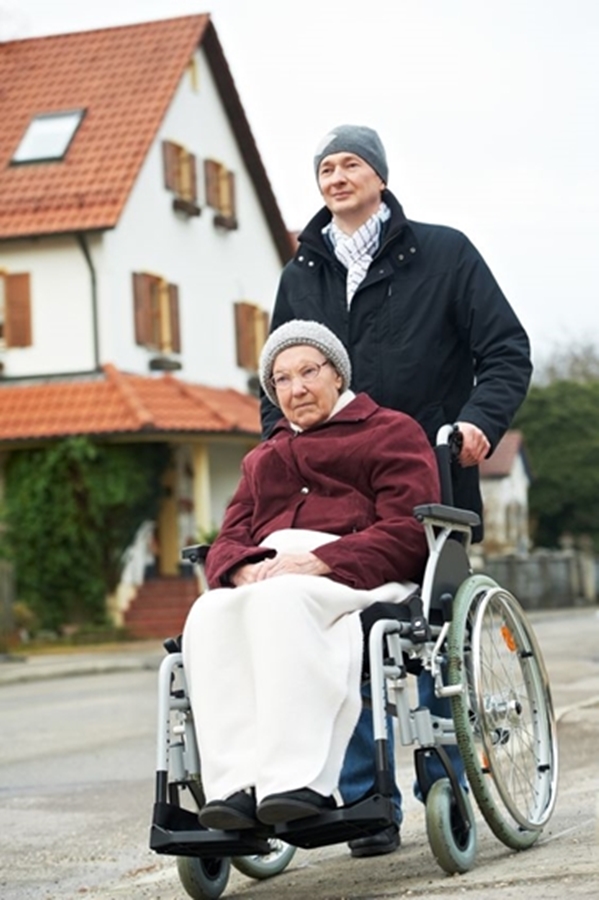Would you believe I still haven’t settled the loan for our van? I know God will provide, and this van will be ours, but it has been so very frustrating dealing with the loan company this week.
Here’s the issue:
The seller asks about $7000 more than the blue book value for a 2005 Uplander. The loan company’s policy is not to loan more than 125% of the blue book value. Can you figure out why there’s a price difference? Of course! It’s a wheelchair-converted van! Duh! It’s not a regular van equivalent to the 2005 Uplander blue book value. It’s a van with $20,000+ of work done so that someone in a wheelchair can use it. Therefore, an additional $7000 is extremely reasonable as an additional cost above the blue book value. However, the fact that this is a specialized van does not seem to figure into the equation. The loan officer is very sympathetic. She was once a nurse and understands the need for the van and the fact that they are very expensive, but rules are rules–there has to be a way to determine a “reasonable” value for the van, and that’s the blue book value. I’ve suggested that she contact companies that do conversion van work, so hopefully, she will, but today was Veteran’s Day, and they were closed, so I’m not sure what is going on with the loan. It’s just so frustrating that rules get in the way that does not take into consideration the needs of the disabled.
If dealing with the loan company was not enough this week, I’m also struggling with the insurance company regarding a patient lift I want to buy. I learned to use a Maximove device when Lynn was in the hospital. It was so easy to manage. It has electronic controls and allows you to be at the patient’s side as you adjust him from lying to sitting and slowly adjust his position as he’s placed into a chair or location. It’s easy to use, stable, and much safer than the hydrolytic lifts the insurance companies want you to use. Hydrolytic, manual lifts require that you stand near the pump and/or release value as you use the device. Although that’s not far from the patient, it doesn’t allow you to be with them. It’s also difficult to adjust the patient because you can’t change their position while in the sling. I’ve tried the one we have now that has been approved and I never can get Lynn comfortably settled into his wheelchair. Usually, he ends up on his spine or twisted. It looks like the insurance company would realize that if it’s not as easy and as safe to use, the caregiver will not use it, and eventually, the wear and tear on their body will cause the insurance company to have two people submitting claims instead of one. Go figure…
I wonder if the people making the rules for insurance and loans would implement as many barriers to caregivers if they became one themselves. Maybe it would help if they “walked a mile in my shoes.”



